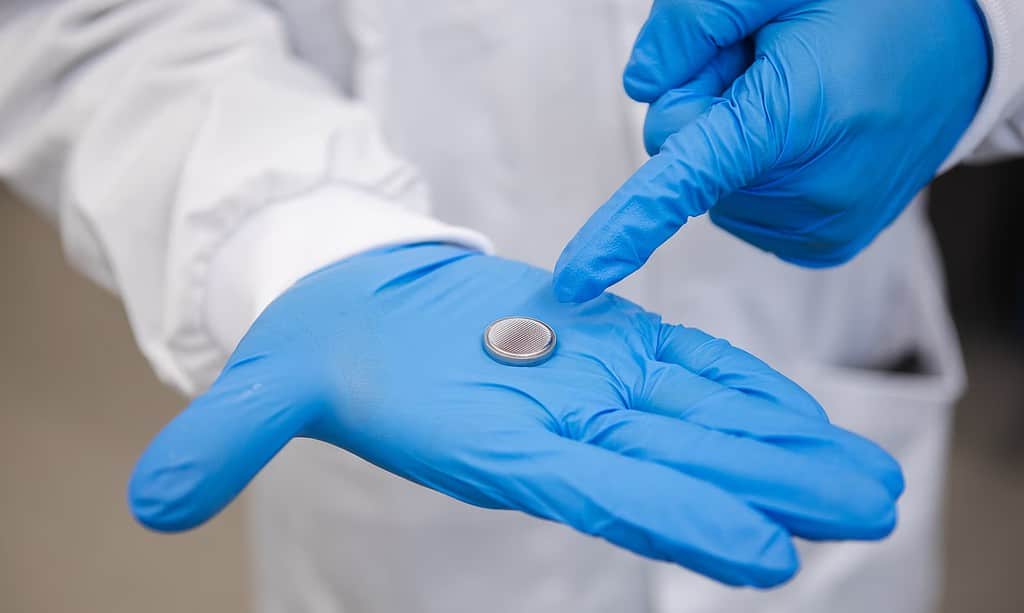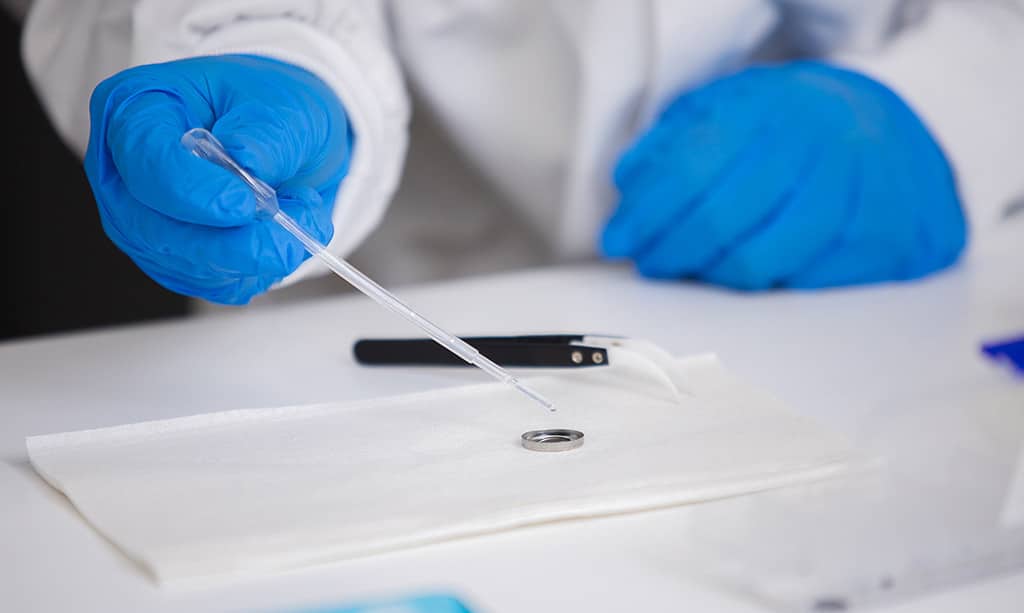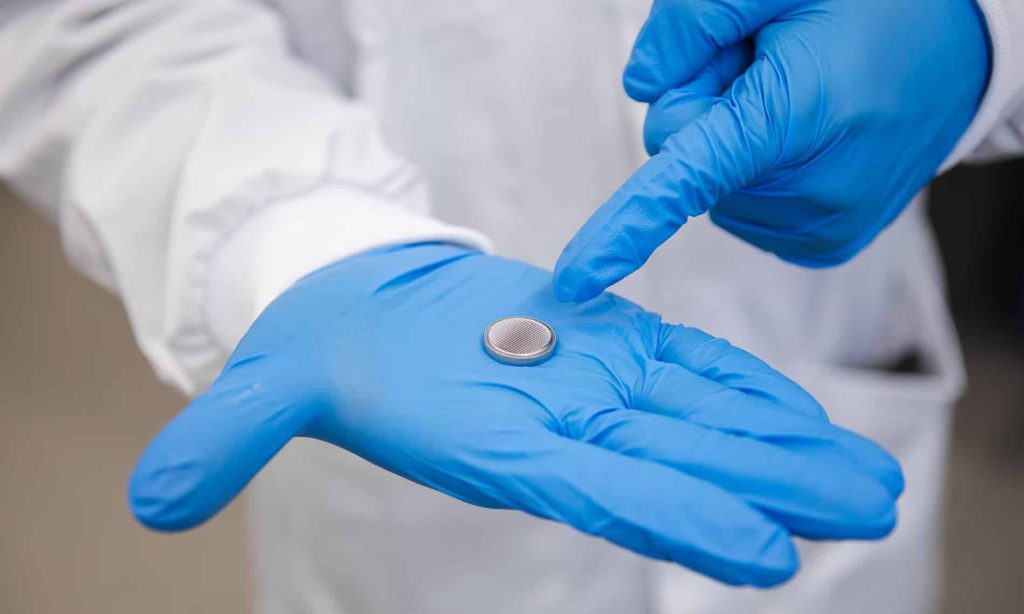
The lithium-ion batteries that power your phone or electric vehicle are fantastic at storing energy. After all, there’s a reason this technology dominates mobile energy storage. However, they have one fatal flaw: they can sometimes combust.
Lithium-ion batteries were responsible for at least 220 fires in New York City in 2022 alone. According to city numbers, such fires caused at least 10 deaths and 226 injuries in 2021 and 2022. The U.S. Consumer Product Safety Commission recorded 25,000 incidents of fire or overheating in lithium-ion batteries between 2012 and 2017.
Seeking to tackle this issue, researchers in Australia have devised an innovative battery that relies on water rather than a flammable electrolyte. This proof-of-concept is meant as an alternative for storing renewable energy, but there are ambitions to directly compete with the established lithium-ion variety.
“What we design and manufacture are called aqueous metal-ion batteries – or we can call them water batteries,” said lead author Professor Tianyi Ma of RMIT University.
Green aqueous batteries

Batteries have three major components: a positive electrode (cathode), a negative electrode (anode), and an electrolyte that shuttles ions back and forth between the electrodes.
By replacing conventional electrolytes with water augmented with simple salts, the RMIT researchers claim ‘water batteries’ emerge as a safer, less toxic option. These aqueous metal-ion batteries employ metals like magnesium or zinc, which are cheaper and more environmentally friendly choices compared to their lithium or lead-acid counterparts.
Batteries with water as their electrolyte may help solve one of the most common causes of battery failure: dendrite growth; these are metallic projections that can lead to short-circuiting. To overcome dendrite formation, scientists applied a bismuth metal coating on the battery’s anode, which oxidizes to form a rust-like protective layer. This enhances the battery’s longevity, with prototypes retaining over 85% capacity even after 500 cycles, the point at which most lithium-ion batteries typically break down.
“Our batteries now last significantly longer – comparable to the commercial lithium-ion batteries in the market – making them ideal for high-speed and intensive use in real-world applications,” Ma said.
“With impressive capacity and extended lifespan, we’ve not only advanced battery technology but also successfully integrated our design with solar panels, showcasing efficient and stable renewable energy storage,” Ma said.
Researchers have developed prototypes ranging from coin-sized batteries suitable for clocks to larger cylindrical batteries akin to the common AA or AAA you buy from any gas station. Efforts are ongoing to enhance the energy density of these water batteries to make them more competitive for a wider range of applications.
For a battery with a water-electrolyte, the energy density is much greater than one might expect. One of the magnesium-ion water battery prototypes has an energy density of 75 watts-hours per kilogram — about a third of the energy density you typically find in a Tesla car battery.
During one experiment, a small prototype battery was connected to a solar panel and a 45-watt light bulb. The bulb stayed lit for twelve hours straight after a day’s charge.
“The next step is to increase the energy density of our water batteries by developing new nanomaterials as the electrode materials,” Ma said.
Already, the energy density is competitive with highly toxic lead-acid batteries, which the water batteries could replace in a three-year timeframe. The goal is to reach energy parity with lithium-ion within ten years.
“Magnesium is lighter than the alternative metals, including zinc and nickel, has a greater potential energy density and will enable batteries with faster charging times and better capability to support power-hungry devices and applications.”
While the primary application of magnesium-ion water batteries is renewable energy storage, the researchers have their eyes set on small-scale applications, including powering homes and even mobile devices.
Besides eliminating the risk of fire entirely, water batteries are also much cheaper. Speaking to The Guardian, Ma said the manufacturing process is less complex and requires more affordable raw materials, potentially slashing prices by more than 65% compared to lithium-ion batteries.
Despite this optimistic outlook, don’t hold your breath too much. The transition from lithium-ion batteries to water-based alternatives is not without its challenges and, many times, breakthrough tech like this fails to reach the market. Fingers crossed, though.
The findings appeared in the journal Advanced Materials.









